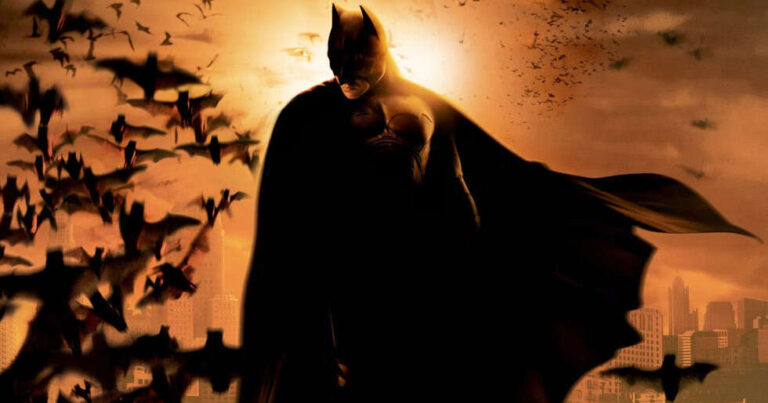Each Batman is much less a couple of definitive efficiency and extra concerning the temper of the world round him. Look carefully, and the cape and cowl have all the time doubled up as a cultural mirror.
The Wartime Vigilante: Lewis Wilson (1943) and Robert Lowery (1949)
The very first live-action Batman appeared not in a blockbuster however in a 15-part serial in 1943. Performed by Lewis Wilson, this Batman fought Japanese saboteurs as a substitute of vibrant rogues.
The world was at warfare, and cinema carried propaganda as a lot as escapism. This Batman was simple pulp, designed to spice up morale and reassure audiences that heroes, even masked ones, have been on their facet. Crude by right now’s requirements, it nonetheless reveals how even in his earliest incarnation, Batman was formed by the wants of his time.
Robert Lowery succeeded Lewis Wilson as Batman within the 1949 serial Batman and Robin, giving audiences a sleeker, extra assured Bruce Wayne. His model expanded the Batcave and devices, hinting on the bigger mythos the character would develop into on display.
Swinging Sixties Optimism: Adam West (1966)
Quick ahead 20 years, and Batman was out of the blue a tv icon in tights. Adam West’s Batman TV sequence exploded with color, catchphrases, and villains so theatrical they may have stepped off a Broadway stage. Each struggle scene got here with comic-book “Pow!” bubbles.
This was the Nineteen Sixties, when tv dominated American dwelling rooms, and the tradition was nonetheless holding on to optimism earlier than the chaos of Vietnam and Watergate. West’s Batman was campy, ethical, and intentionally healthful. He mirrored a society that wished escapist enjoyable, not shadows, and for a lot of, he stays probably the most lovable incarnation.
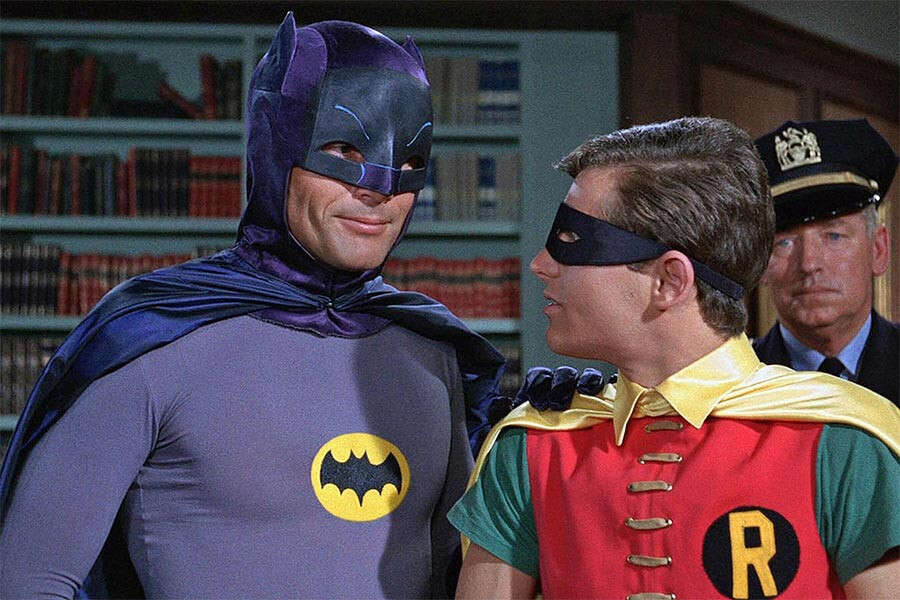
City Decay and Gothic Shadows: Michael Keaton (1989–1992) and Kevin Conroy
By the late Nineteen Eighties, optimism had vanished. Headlines have been crammed with crime statistics, cities have been seen as harmful, and American cinema embraced darker anti-heroes. Tim Burton’s Batman (1989) and Batman Returns (1992) reinvented the Caped Crusader for this temper.
Michael Keaton’s Bruce Wayne was awkward, introverted, and hidden behind black armour. Gotham was redesigned as a Gothic nightmare, a metropolis teetering on grotesque corruption. Burton’s imaginative and prescient captured an period outlined by distrust of establishments and anxiousness about city decay. Batman was not camp, he was mythic once more, reflecting late Twentieth-century fears.
The Joker’s chaotic takeover of Gotham in Batman mirrored modern fears of city violence and societal instability. Across the similar time, Batman: The Animated Collection (1992) gave audiences Kevin Conroy’s definitive voice because the Darkish Knight. His Batman balanced brooding gravitas with flashes of compassion, carrying ahead the Gothic ambiance of Burton’s movies whereas reaching a era by way of tv. Collectively, Keaton and Conroy cemented Batman because the popular culture image of shadow and ethical ambiguity for the Nineteen Nineties.
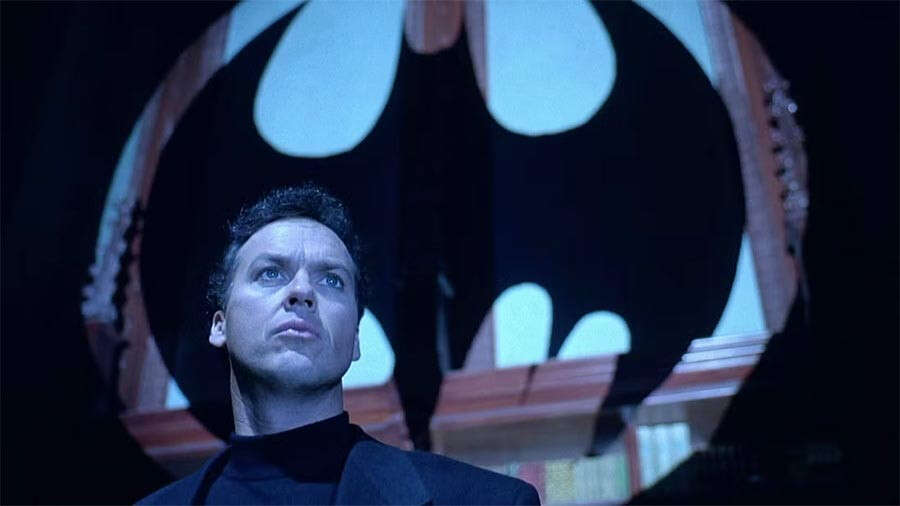
Extra in Neon: Val Kilmer & George Clooney (1995–1997)
Then got here the Nineteen Nineties, when Hollywood was dominated by quick meals tie-ins, motion figures, and toyetic blockbusters. Joel Schumacher’s Batman Perpetually and Batman & Robin painted Gotham in neon, with bat-suits, devices, and villains designed for optimum visible affect.
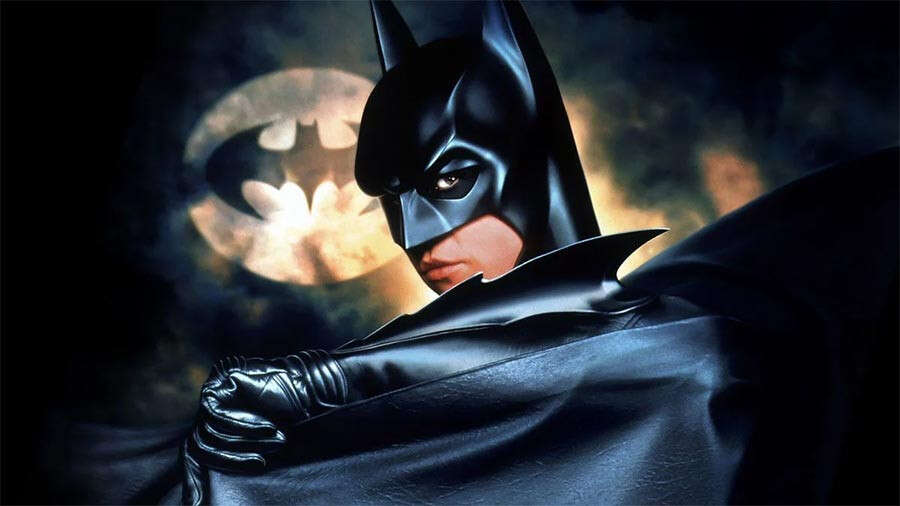
Val Kilmer and George Clooney have been much less brooding vigilantes and extra mascots of spectacle. These movies mirrored the consumer-driven tradition of the time, shiny, exaggerated, and obsessive about floor. Criticised again then, they now really feel like pure time capsules of a decade that valued extra above all.
Clooney’s flip in Batman & Robin (1997) is commonly remembered for the notorious bat-nipples on the go well with and the over-the-top camp, but it surely additionally confirmed how far the character had drifted from his darker roots. His Bruce Wayne was suave, charming, and all the time in management, virtually indistinguishable from Clooney himself. This iteration felt extra like a film star carrying the masks than a haunted man wrestling with trauma.
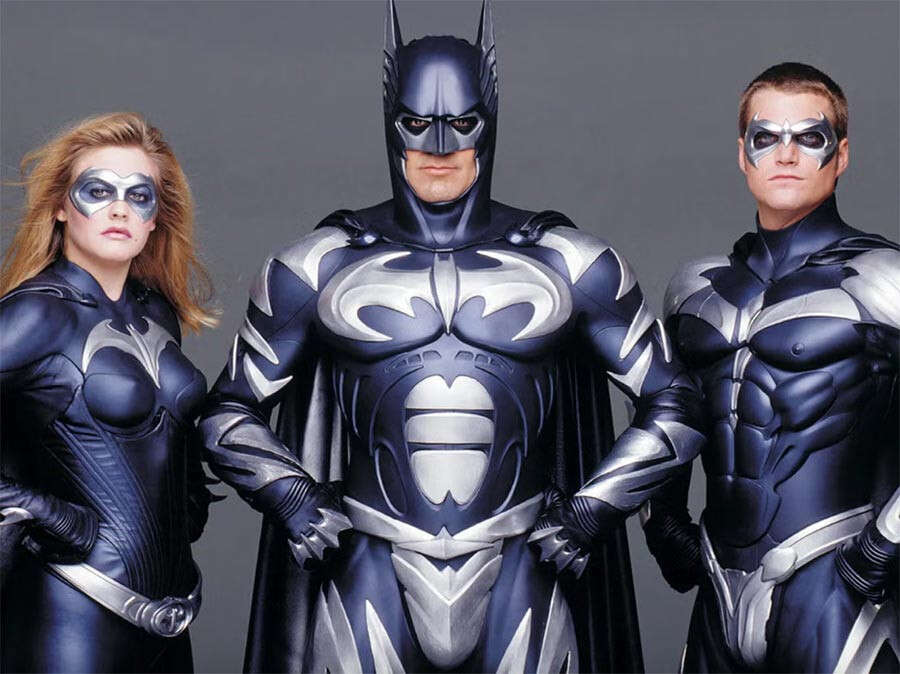
Submit-9/11 Realism: Christian Bale (2005–2012)
The world shifted after 9/11, and Batman shifted with it. Christopher Nolan’s Darkish Knight trilogy stripped the hero to his necessities. Christian Bale’s Batman was not a fantasy determine however a believable vigilante, geared up with military-grade devices and compelled to grapple with morality in a damaged world.
The Joker in The Darkish Knight (2008) turned a terrorist with out clear motive, embodying the period’s worry of unpredictable violence. Themes of surveillance, social collapse, and sacrifice ran by way of the trilogy. Nolan’s Gotham was not escapist, it was a mirror of the anxieties that outlined the 2000s.
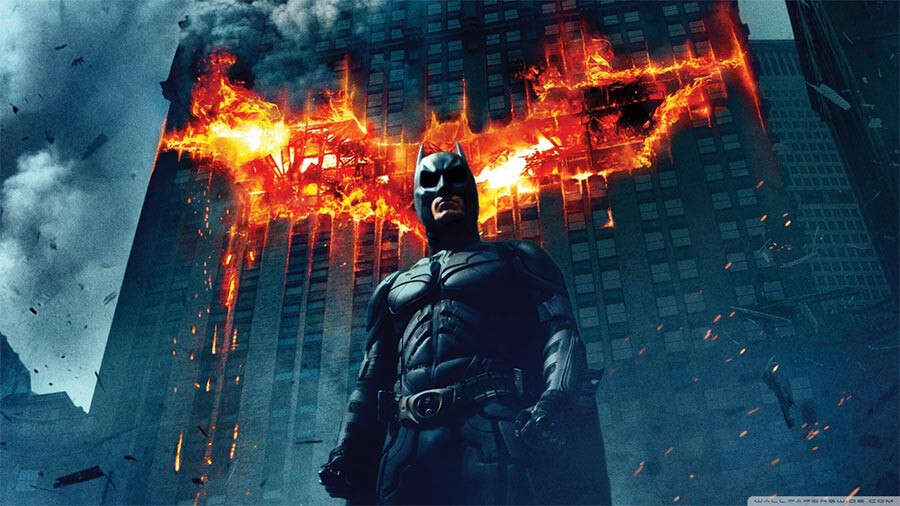
Superhero Fatigue and Cynicism: Ben Affleck (2016–2021)
By the point Ben Affleck stepped into the cowl, the superhero growth was at its peak. Shared universes have been increasing quickly, and audiences have been starting to really feel each fascination and fatigue.
Affleck’s Batman was older, brutal, and scarred by years of loss. He embodied weariness, distrust, and an virtually nihilistic rage. This was a Batman formed by an oversaturated superhero tradition, reflecting a world uncertain if it nonetheless believed in heroes. His battles with Superman and cosmic threats mirrored a decade torn between spectacle and scepticism.
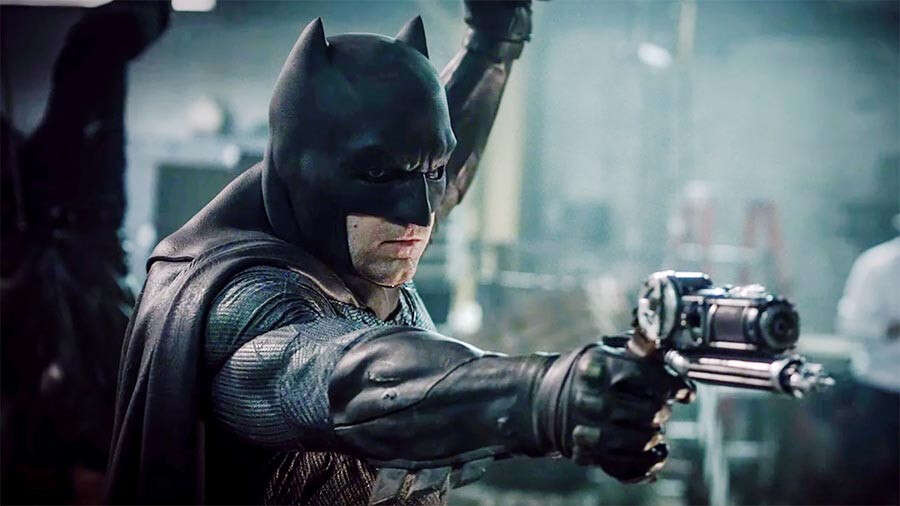
Isolation and Surveillance: Robert Pattinson (2022)
Robert Pattinson’s Batman feels just like the product of right now’s fractured occasions. Matt Reeves’ The Batman arrived within the wake of a pandemic and amid rising disillusionment with establishments. Gotham was offered as a conspiracy-ridden, rain-soaked noir metropolis.
This Bruce Wayne was not a billionaire playboy however a withdrawn determine, socially minimize off, observing his metropolis by way of journals and surveillance. He was a recluse navigating a decaying world, a hero for an period outlined by loneliness, distrust, and the urge to reveal corruption. Pattinson’s Batman was much less about spectacle and extra about ambiance, reflecting the cultural shadows of the 2020s.
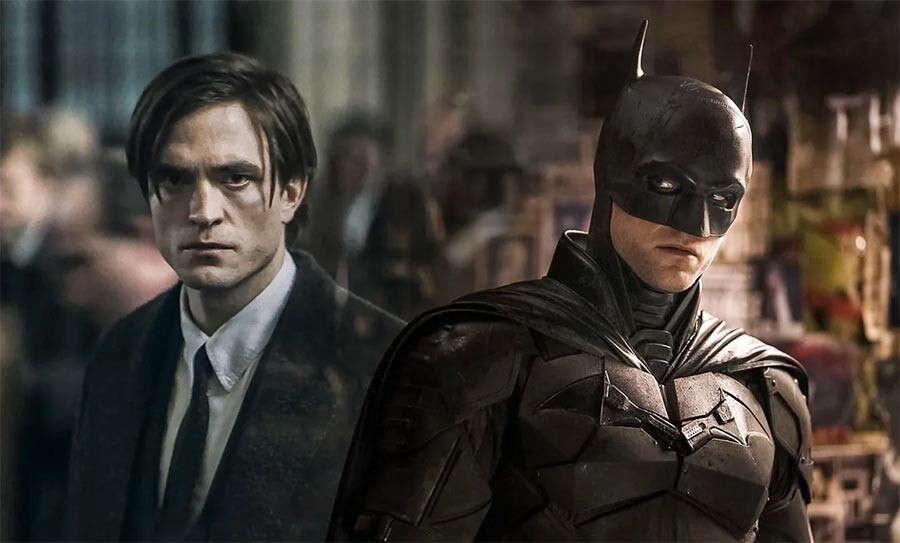
Batman as a Barometer of the Instances
Throughout the many years, one factor stays fixed. Batman has all the time been greater than Gotham’s saviour. He has been a mirrored image of us, the world, and the occasions we stay in. The Nineteen Forties gave us a wartime crusader, the Nineteen Sixties a camp optimist, the Nineteen Eighties a Gothic outsider, the Nineteen Nineties a neon commodity, the 2000s a realist in a world of terror, the 2010s a weary cynic, and the 2020s a noir recluse.
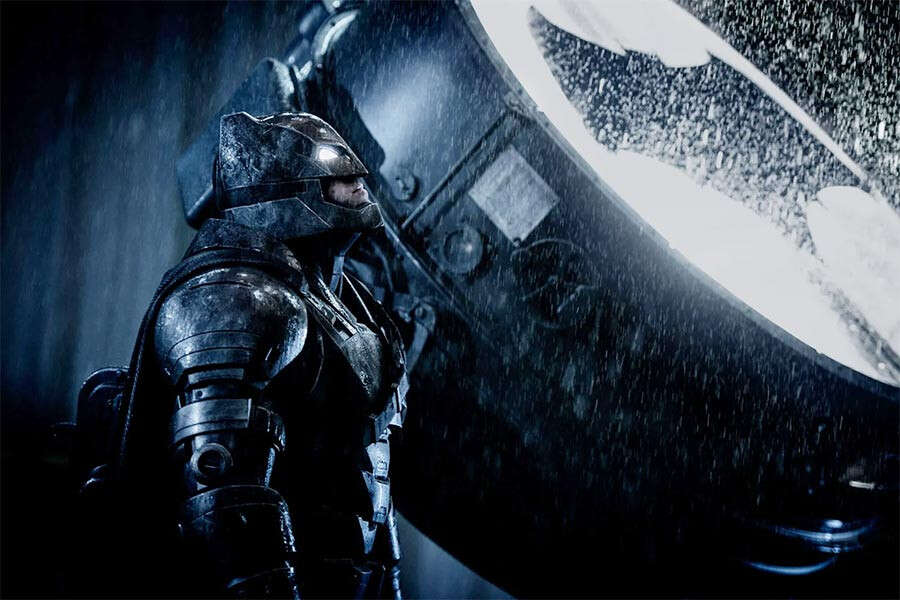
Each period will get the Batman it deserves. That’s the reason he endures. Batman isn’t mounted, by no means definitive. He bends with the occasions, absorbs our fears, and re-emerges with a brand new masks for a brand new era. On Batman Day, maybe the true Bat-signal isn’t just shining over Gotham. It’s reflecting again at us, illuminating who we’re within the occasions we stay in.
Additionally Learn: James Gunn Reveals Whether Chris Pratt Could Really Be The Next Bruce Wayne

